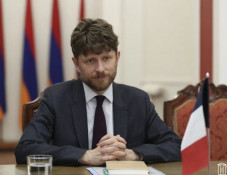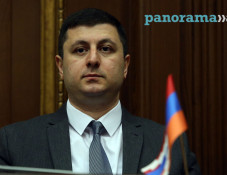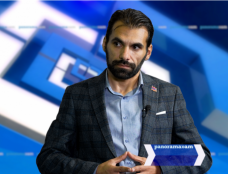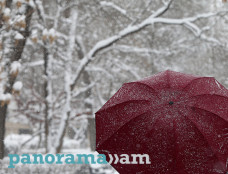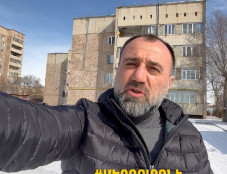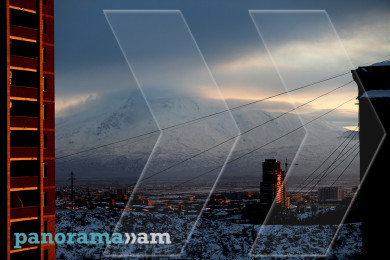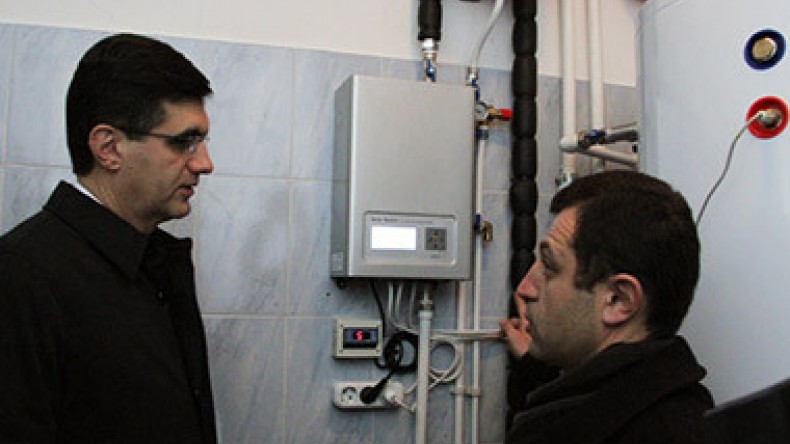
Alternative Energy Project wraps up in Tsovagyugh community
The Foundation for the Preservation of Wildlife and Cultural Assets and its General Partner VivaCell-MTS will mark the completion and present the outcomes of a project implemented in Tsovagyugh community within the framework of the joint Alternative Energy Project. The initiative included solar water heating system and solar panels in the community kindergarten, as well as two solar electric fences to protect animals and crops from wolves and other predators. The concluding event was attended by VivaCell-MTS General Manager Ralph Yirikian, founder of FPWC Ruben Khachatryan, head of Tsovagyugh community Vahram Gevorgyan, and the community residents, the press service of VivaCell-MTS reports.
The solar water heating system installed in the kindergarten is energy efficient and environmentally friendly as it reduces water heating costs by up to 50-60% in the winter and by up to 100% in the summer. Besides, solar panels have also been provided to the village so that the pump for the solar thermal system does not use any electricity.
The system includes 6 solar water heating collectors, each of which comes with 30 vacuum tubes (total 180 vacuum tubes). The vacuum pipes have a diameter of 70mm, which are the largest and the most effective ones in Armenia (until now only 58mm pipes have been used in Armenia). The length of each pipe is 2.1m. The system has double coils water tank with a 500 liter capacity and a pump station with controller.
To deal with the issue of wild animals, the village will receive two solar electric fences made by one of the first and most successful electric fence producers called Gallagher. The solar powered electric fence will protect sheep and goats against wolves and other predators. For many decades, this innovative solution has proved to be highly efficient in developed countries around the world.
“The nature itself hints people that there are easier and less costly ways to get energy. Why choose an option expensive and harmful to the environment, when we can use the energy of the sun? In developing countries the use of alternative energy resources is even more important because it is an economically feasible option. The amount paid for electricity can be saved and used for solving other vital problems and for improving the conditions of life. In this respect the most vulnerable are the regions in Armenia, especially those localities where winters are long and severe, and therefore the expenditures for heating are big. We support the “Alternative energy” project because it is aimed at solving two important issues – protecting the environment and promoting welfare in rural communities,” noted VivaCell-MTS General Manager Ralph Yirikian.
Tsovagyugh community, located in Gegharkunik province, was established in 1828 and has a population of 4,318. Most of its population has migrated from the Western Armenian village of Arzap. Affordable energy is a major challenge in the community. Its population also struggles with wolves in the area, which harm the animals and crops. The Alternative Energy Project in Tsovagyugh was designed to alleviate some of these challenges for the villagers. It will also involve the villagers in environmental alternatives, and give them an opportunity to use modern and innovative green technologies.
Newsfeed
Videos





